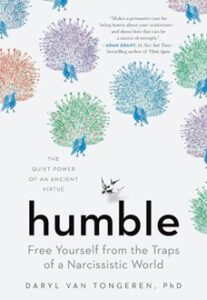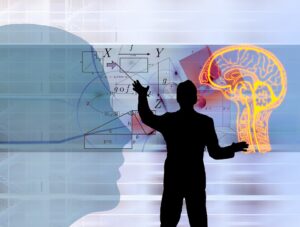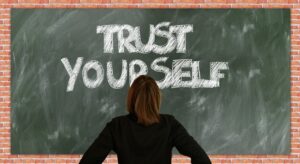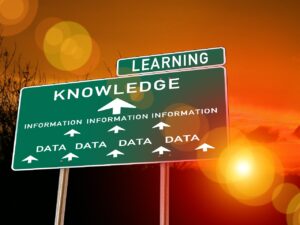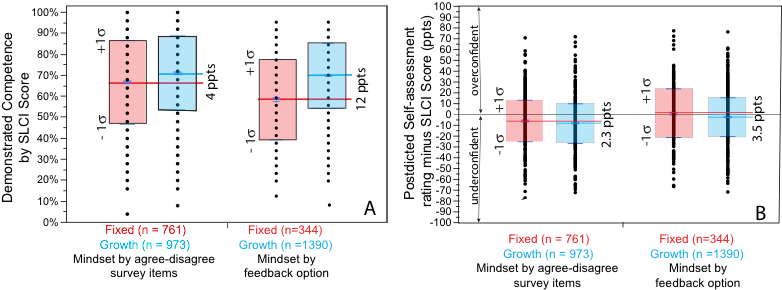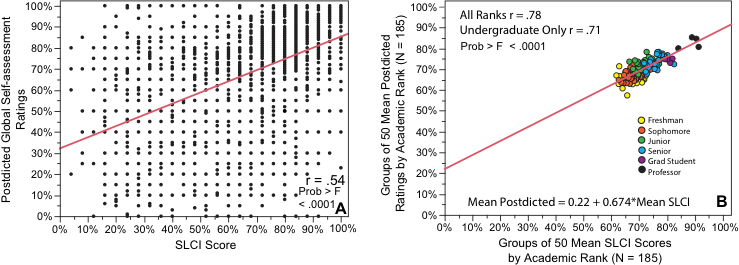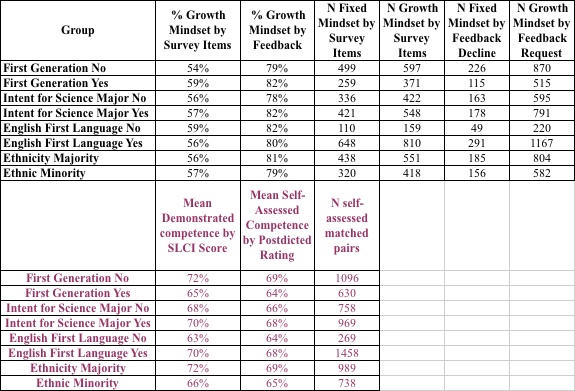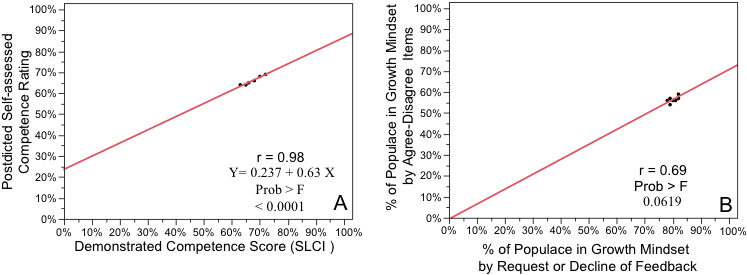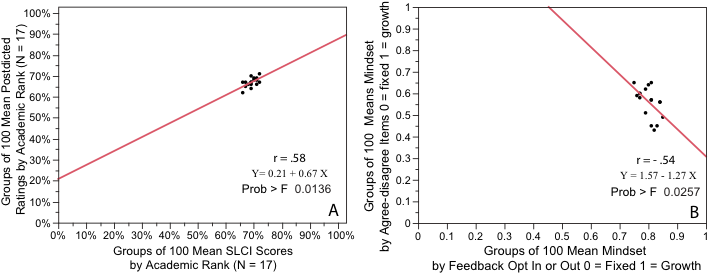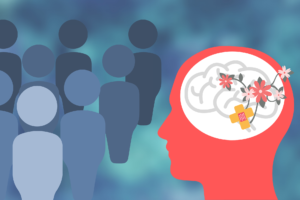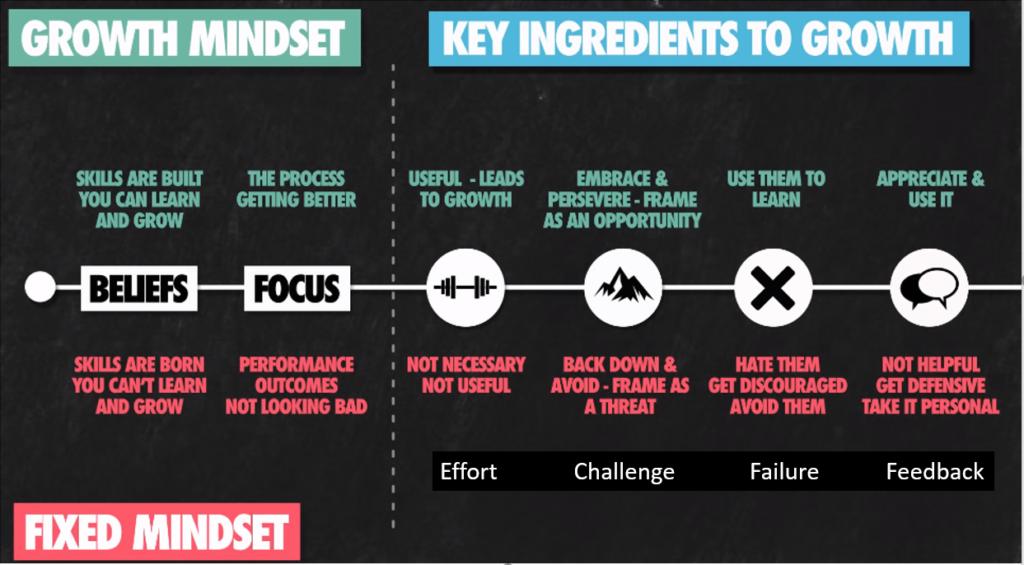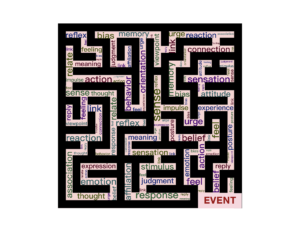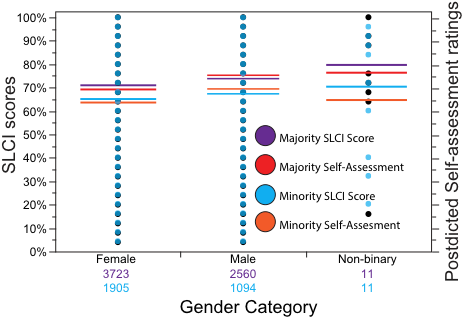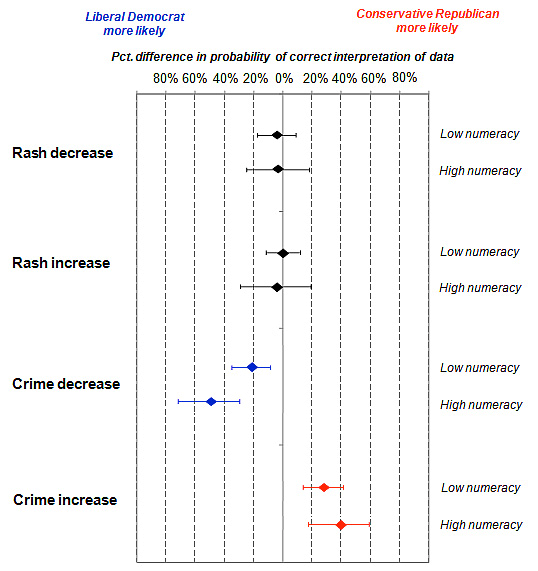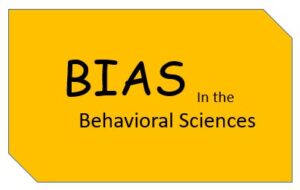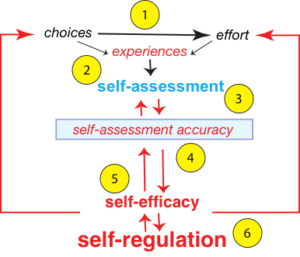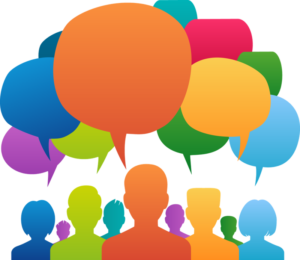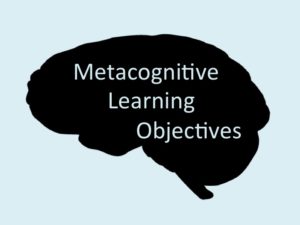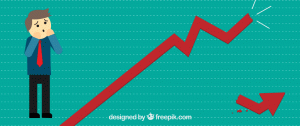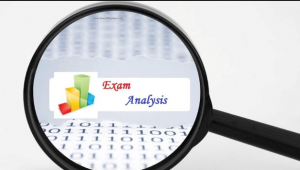by Dr. Sonya Abbye Taylor, Associate Professor of Education and Chair of Education Division
INTRODUCTION: DEMOCRATIZING A CLASSROOM AND CREATING A COMMUNITY OF LEARNERS
John Dewey in 1917, introduced the concept of student engagement. In creating classroom democracies, “communities … permeated throughout with the spirit of art, history, and science”— environments where students became self-directed, committed to service, and engaged in experiences reflective of society. Dewey believed in relevant curriculum, meaningful to students’ lives—in which students are thoroughly engaged with content, among a community of learners functioning as and in society. I believe that a community of learners relies upon student engagement and metacognition is intrinsically connected to being engaged. Student engagement provides the core of democratic classrooms, with the role of promoting and educating towards diversity, equity, and inclusion.
THE CHALLENGE OF METACOGNITION AND STUDENT ENGAGEMENT
I prepare teacher candidates to work with diverse populations, including students with special needs. I have rarely had complaints regarding grades. Students could predict grades because they had processed feedback and reflected on their work throughout the semester. Yet, last spring I received a complaint. Considering her grades averaged within the “A” range, a student questioned why she received an “A-.” She questioned if her grade was related to participation for which she received 35/75 points; she was correct. This experience required me to reflect on Dewey’s concepts of engagement in relation to class participation and to reflect on connections between learning and engagement. Aligning Dewey’s concept of “community of learners” with student engagement, I see how metacognition—the student’s and my own—underlies this pedagogical struggle. What was the student’s understanding of engagement and participation? How did her understanding equate with my own?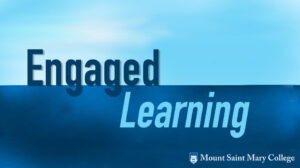
During this course, held synchronously, online, this student was invisible except for two presentations for which visibility was required. However, when reviewing videos, I found times she responded in chat and discussions: brief responses, one-word comments or a sentence, emanating from a black box on the screen.
My expectations for students in online environments are comparable to in-person classes. Classes include discussions that require sharing ideas, asking questions, analyzing, and deliberating. The 75 points allocated, places value on discussions. If a student is silent throughout a semester, they have not contributed to the community. Yet, this student perceived themselves to have been engaged, to have demonstrated engagement, and therefore eligible for full- credit.
As I thought about this contradiction the following questions emerged:
What do we learn when we:
- learn in isolation?
- interact with individuals within a learning community?
- delve into content while engaging within a learning community?
Most importantly, what is the relationship between learning, engagement, and learning within the community, in preparing students to be teachers for the democratic society Dewey describes?
For teacher educators and teacher candidates, answers to these questions provide more fodder for thought. We can learn in isolation. We can memorize information alone, anywhere or engage with a text while reading thoughtfully, asking silent questions of the text and author. We can learn sitting silently in a classroom. We CAN learn in isolation, but WHAT do we learn? What opportunities are missed when we function in this manner?
A silent classroom has always been troublesome to me. Student engagement and class participation are synonymous to me. It is joyful to hear students discussing content, actively listening, asking questions, and sharing opinions based on their frame of reference.
- Isn’t that the vision of democracy Dewey conveys?
- Don’t these interactions provide practice communicating, and enable students to see another’s point of view, to understand perspectives and experiences of individuals from other cultures?
- Aren’t these the interactions that enable us to understand and appreciate one another?
Students can learn content without opportunities and expectations for engagement with others. However, in vibrant learning communities, students ask questions and question themselves; they think and rethink concepts because of the various influences. They use metacognitive processes to evolve as learners.
I changed the student’s grade because she perceived her actions constituted participation. Though the student received an “A,” I did her no favor. Informed by Dewey, I believe the “A” she received was not as valuable as the “B’s,” “A-’s,” or “A’s,” earned by other students who demonstrated engagement. Those students were visible: the expressions on their faces illuminated their thoughts. Posing thoughtful questions and adding to discussions, those students enriched the experience for us all. They responded while they were processing. When their responses were askew, conversation ensued that brought the level of thought and understanding to higher levels. They demonstrated their commitment to learning and being part of a community were more important than having the “right” answer. They earned my respect and my confidence, knowing that their classrooms will be full of engaged learners, that they will encourage their students to think and will engage them in metacognitive practices.
CONCLUSION
I agonized over this grade, and by doing so, I know I served myself and my future students well. I will redouble my efforts to define and explain the value of engagement in relation to “community” and to create more activities, pose more questions and provide collaborative assignments that inspire engagement in efforts to make engagement palpable. I will do a better job of calling attention to student engagement. I will continue to honor askew responses because of the thought processes they illuminate. Metacognition has brought me to these conclusions, and will be the catalyst for changes that I’ll incorporate in my instruction and the emphasis I will place on my students to be self-directed.
In processing and metacognitively rethinking ideas for my classes and revisions for this paper, I reflected further on Dewey’s perception of engagement for a community of learners reflective of the society, and have come to this conclusion. We teach classes with diverse students therefore we have the opportunity and obligation to create environments in our classrooms where students can be productive members of the classroom society. We must create environments where students can function efficiently and develop the skills and behaviors desirable in a democratic society. In these environments students are respected and are comfortable to take risks; they listen to each other, communicate effectively, accept each other’s opinions, settle disagreements, celebrate each other’s successes, and support each other through difficult times. By creating these environments in teacher education classrooms perhaps there would be consensus as to the quality and value of engagement.
Works Cited
Dewey, John. Democracy and Education. Simon and Brown, 2012
